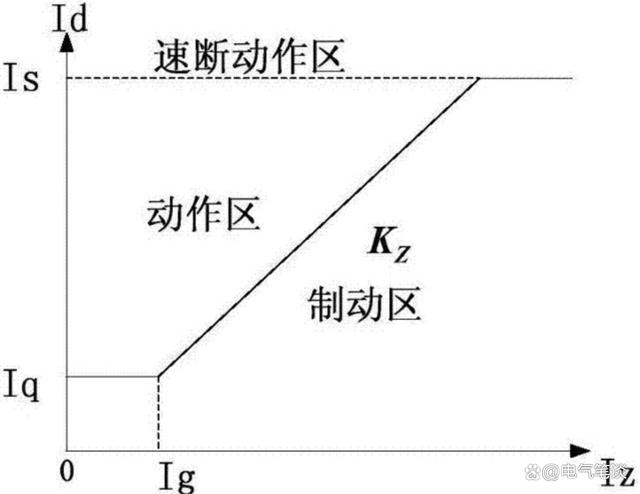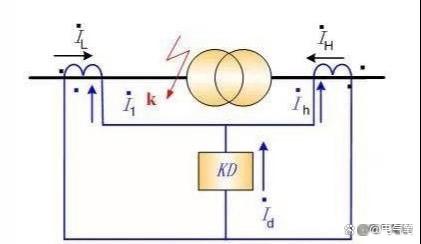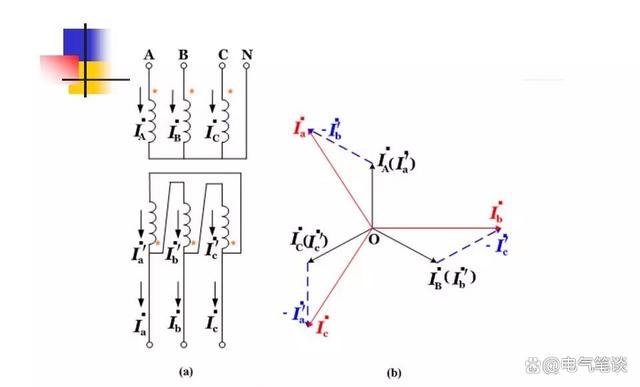-
Mail us
contact@tiger-transformer.com -
Phone us
(+86)15655168738
Mail us
contact@tiger-transformer.comPhone us
(+86)15655168738Differential protection seems to be perfect, but the ideal is very full, and the reality is very skinny. This differential current ID will be affected by many factors, such as the wiring group of the transformer, transformer error or disconnection, load Voltage regulation, impact closing, external faults, etc. will all cause the existence and changes of differential current.
There are many times when there is obviously no fault in the zone, but the differential protection is activated. It has to be said that if the differential protection is not perfectly debugged and special factors are not fully considered, there are still specific risks.
In order to eliminate the influence of many of the above factors, the concept of ratio differential was introduced. Of course, there are many forms of ratio differential now, that is, different curve forms, to adapt to various situations. The change.
The so-called ratio is a line passing through the center of a circle. It cannot be said to be a straight line, because a straight line is only one of the forms, and there are also curves, or combinations of curves and straight lines.
For this ratio, the following is the braking area, the above is the operating area, and the point on the line is the minimum operating current. Therefore, the operating value of the ratio differential is a changing amount, which changes with the change of the braking current. Variety.

Here comes another new word, braking current. So, how to understand this braking current? For example, if Id=0.2A, if Iop>0.2A, it can avoid the differential current and will not move.
If the high-voltage side current is 1A, the low-voltage side current is 1.2A, the differential current Id is 0.2A, and the starting current Iop is 0.25A, the protection will not operate, but an out-of-zone event occurs at this time Fault, the fault current is 4 times the actual current, the high-voltage side current becomes 4A, the low-voltage side current becomes 4.8 times, the differential current Id at this time becomes 0.8A, far exceeding the starting current Iop, the protection should act , but the action at this time is not appropriate, because it is an outside fault, so the braking current must be limited to prevent it from action.

So, how to determine the value of this braking current? This is an important point. Usually, half of the sum of the high and low voltage side current phasors is taken as the braking current, that is, Irst = (|IH|+|IL|)/2. Note that the phasor value is still taken here, but only the magnitude is taken.
The core issue of differential protection is the size of the differential current Id. If there is no fault in the area, Id is an unbalanced current. This unbalanced current is affected by many factors and may be very large, causing protection Malfunction is what is mentioned above, so there is a limit on the braking current.
However, various factors have their own characteristics, and they need to be considered comprehensively to determine its operating current, so as to avoid malfunction.
